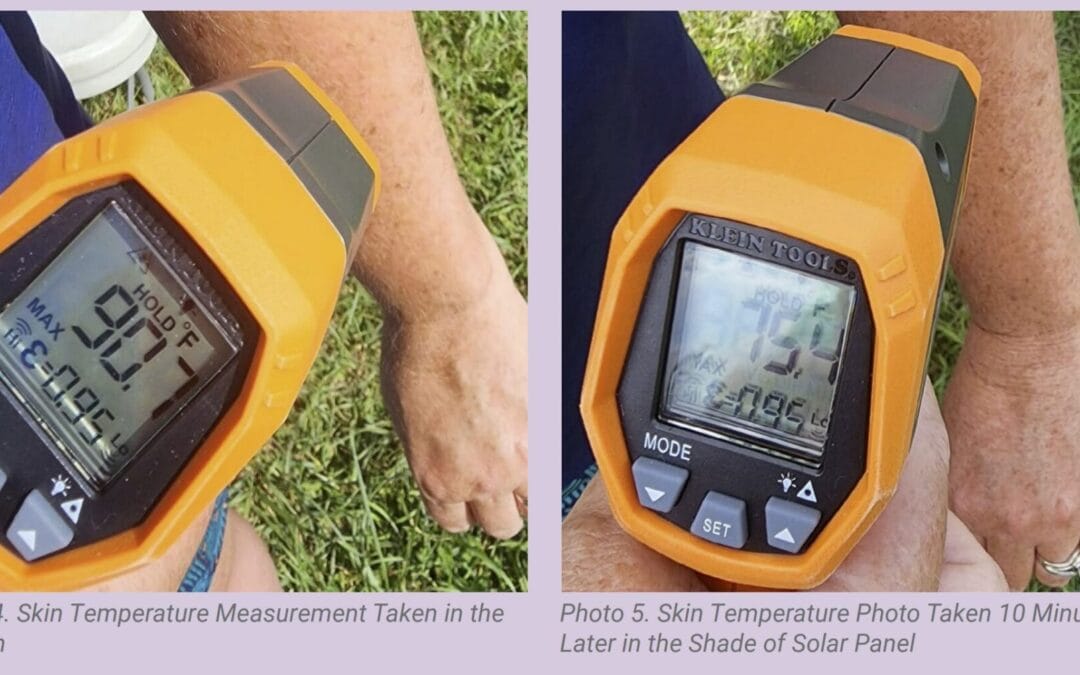Solar energy development is also on the rise, with an estimated 10.3 million acres of land projected to be used for solar energy production by 2050 (Ardani, 2021). This could include up to 1% of U.S. cropland (USDA Rural Development, 2024). Between 2001 and 2016, 99% of the 11 million acres of farmland converted out of agricultural production were attributed to urban and suburban expansion, and 1% was attributed to solar development (USDA Rural Development, 2024).
CROPS Despite the shade of the solar panels, crops still receive the light they need to grow (BarronGafford, 2019). Solar panels that move on tracking systems and follow the sun allow the crops to receive ample sunshine and protection from extreme temperatures and excessive evapotranspiration (Hassanpour, 2018). At the same time, the microclimate created by the crops results in a cooler temperature for the solar panels, which helps them operate more efficiently at lower temperatures.

Farmers in Colorado, Oregon, Arizona, and Massachusetts have seen greater yields and longer growing seasons. They attribute this to the protection of the solar panels, which decreases extremely high temperatures in the summer and increases the cooler temperatures in the fall and spring. The reduction in evapotranspiration from the shading leads to a dramatic decrease in irrigation. In Oregon, they are able grow water-intensive crops like melons, squash, and tomatoes without any irrigation, when the crops are co-located with solar, as shown in Photo 1.
In Arizona, researchers have recorded a 75% decrease in irrigation for tomatoes, beans, basil, and peppers (Barron-Gafford, 2019). The decreased need for irrigation pairs with an increase in soil moisture. In a comparison of agrivoltaic and full-sun crops, the same researchers recorded consistent soil moisture for two days in an agrivoltaic system, compared to two to three hours in a full-sun system (Barron-Gafford, 2023). Measurements of the agrivoltaic microclimate also showed a 2- to 3-degree decrease in temperature. The shade created by solar arrays can also lengthen growing seasons for certain plants. Test farms were able to grow traditional spring crops, like lettuces and chard, well into the summer, and continued producing kale well into the winter (Held, 2022).
